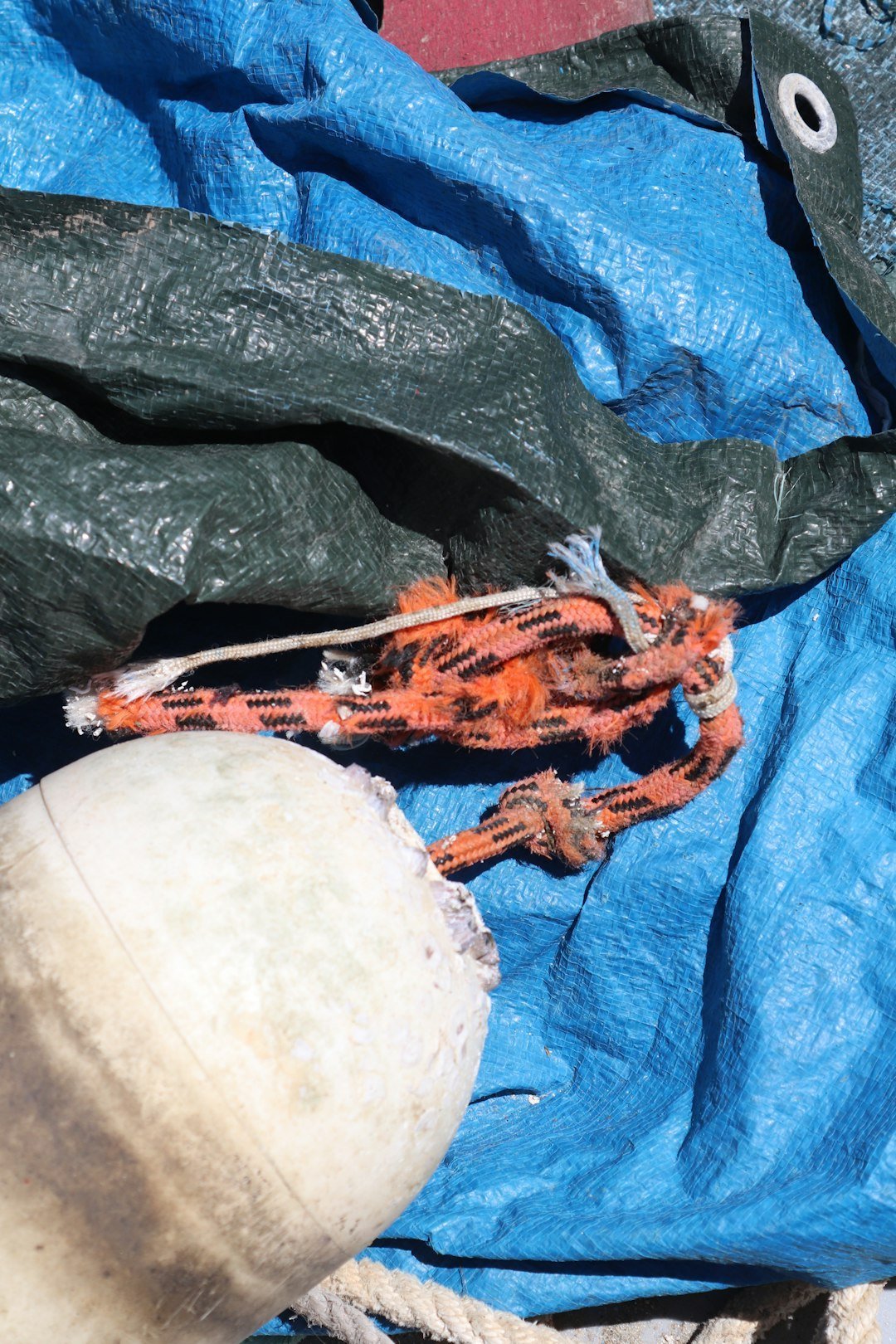
Top Mistakes to Avoid When Using Industrial Tarps
When it comes to protecting your valuable equipment and materials with industrial tarps, avoiding common mistakes is crucial. Industrial tarps are versatile and durable, but to ensure they serve their purpose effectively, you need to use them correctly. In this article, we will discuss the top mistakes to avoid when using industrial tarps to maximize their efficiency and longevity.
1. Choosing the Wrong Size
One of the most common mistakes people make when using industrial tarps is selecting the wrong size. Using a tarp that is too small will leave your equipment or materials exposed to the elements, defeating the purpose of using a tarp in the first place. Always measure the area you need to cover accurately to ensure you choose the right size tarp.
2. Neglecting Proper Securing
Properly securing your industrial tarp is essential to prevent it from being blown away by strong winds or shifting during use. Use bungee cords, ropes, or straps to secure the tarp tightly to the object you are covering. Neglecting this step can lead to damage to the tarp and compromise its protective abilities.
3. Ignoring Tarp Material Quality
Not all industrial tarps are created equal. Ignoring the quality of the tarp material can result in premature wear and tear, reducing its effectiveness over time. Invest in high-quality tarps made from durable materials that can withstand harsh weather conditions and repeated use.
4. Improper Cleaning and Maintenance
Another common mistake is neglecting the cleaning and maintenance of industrial tarps. Regularly clean your tarps to remove dirt, debris, and mold that can weaken the fabric over time. Proper maintenance, such as drying and folding the tarp correctly after each use, will extend its lifespan.
5. Using the Wrong Type of Tarp
Using the wrong type of tarp for your specific needs can lead to inefficiency and damage. Whether you need a waterproof tarp, UV-resistant tarp, or flame-retardant tarp, make sure you choose the appropriate type for the intended application to achieve optimal protection.
6. Overlooking Sharp Objects
Avoid placing industrial tarps over sharp objects or edges without providing additional padding or protection. Sharp edges can puncture or tear the tarp, rendering it ineffective in shielding your equipment. Inspect the area and address any potential hazards before covering it with a tarp.
7. Folding Tarps Improperly
Improperly folding industrial tarps can lead to creases and folds that weaken the fabric over time. To avoid this, follow the manufacturer's guidelines for folding or rolling the tarp after each use. Proper storage practices will ensure your tarp stays in top condition for longer.
8. Not Checking for Damage
Before and after each use, inspect your industrial tarps for any signs of damage, such as tears, holes, or weakened areas. Regularly checking for damage allows you to address any issues promptly and prevent further deterioration that could compromise the tarp's protective capabilities.
9. Using Old or Damaged Tarps
Continuing to use old or damaged industrial tarps is a common mistake that can have serious consequences. Replace tarps that are torn, frayed, or otherwise compromised to maintain proper protection for your equipment and materials. Investing in new tarps is a cost-effective solution in the long run.
10. Not Anchoring Tarps Correctly
When using industrial tarps outdoors, ensure they are anchored correctly to prevent them from being lifted by wind gusts. Use stakes or weights to secure the tarp to the ground and avoid potential damage or loss due to inclement weather conditions.
11. Forgetting to Ventilate Covered Items
Proper ventilation is crucial when covering items with industrial tarps for an extended period. Failure to allow airflow can lead to moisture buildup, condensation, and mold growth, especially in humid environments. Create ventilation openings or periodically uncover items to prevent such issues.
12. Neglecting Safety Precautions
Lastly, neglecting safety precautions when using industrial tarps can result in accidents or injuries. Always follow safety guidelines provided by the tarp manufacturer and take precautions when handling or securing tarps to ensure your well-being and the longevity of the tarp.
Maximizing the Efficiency of Your Industrial Tarps
By avoiding these common mistakes and following best practices when using industrial tarps, you can maximize their efficiency and lifespan. Choosing the right size, securing the tarp properly, maintaining it regularly, and using the appropriate type of tarp for your needs are essential steps to ensure optimal protection for your equipment and materials. Remember, investing time and effort in the proper use of industrial tarps now can save you from costly repairs or replacements in the future.
Take a look at another user's Shopify store by clicking here. Please be aware that this is a promotional link, and we cannot be held responsible for the content of the linked store.
